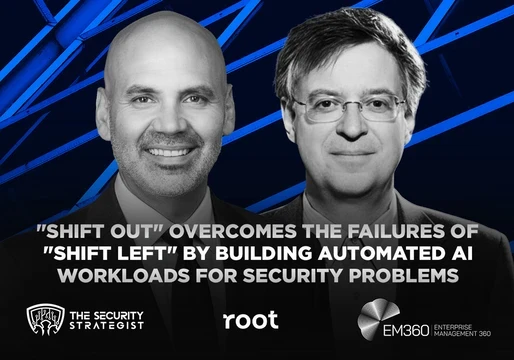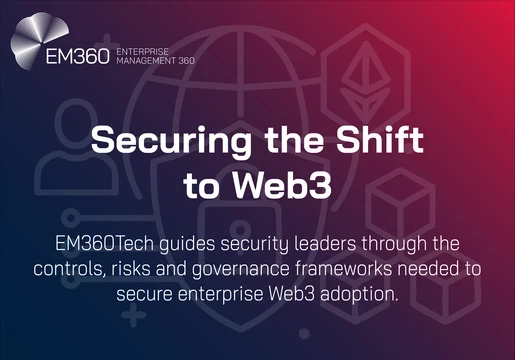However, apps also create another pain point for cyber trouble. Apps give hackers yet another avenue to exploit, the financial and reputation-related consequences of which are significant. Thus, watertight security is non-negotiable to keep customers and the business safe.

Top tips
Despite there being an app for everything, there isn't one (I'm aware of) for securing your customer-facing enterprise app. Instead, businesses must take certain precautions themselves to ensure utmost security. Mobile data encryption is a must to fend off the threats. Every individual data element must undergo file-level encryption until it looks like alphabet soup to anyone without a key. By scrambling your data, malicious actors can't action any of it, making encryption a simple yet effective measure to protect user data. As well as within the office environment, businesses should exercise the Principle of Least Privilege on their mobile apps. In the event of a hack, you'll be thankful you did; the last thing you or your customers want is for hackers to take advantage of the app's access to unnecessary camera privileges or, for example, access to the user's contact book. If your app doesn't need these privileges, don't ask for it, as the least it can access, the least damage malicious actors can do. The app log-in process must also be as secure as possible. In particular, organisations should implement identification, authentication, and authorisation measures to protect apps from the front end. This way, if an attack does unfortunately occur, businesses can quickly identify the source. Not only that, but if a breach occurs, you can work out what exactly was compromised a lot easier.
Why not check out the Top 10 Customer Service AI companies?







Comments ( 0 )